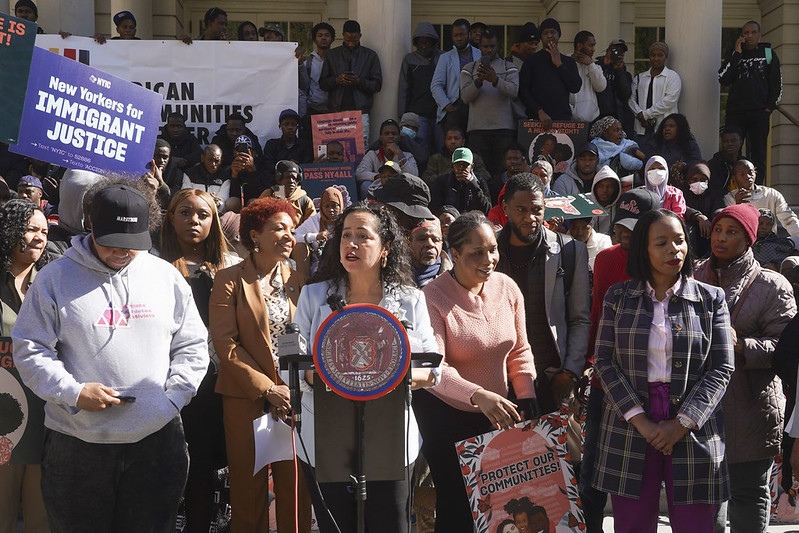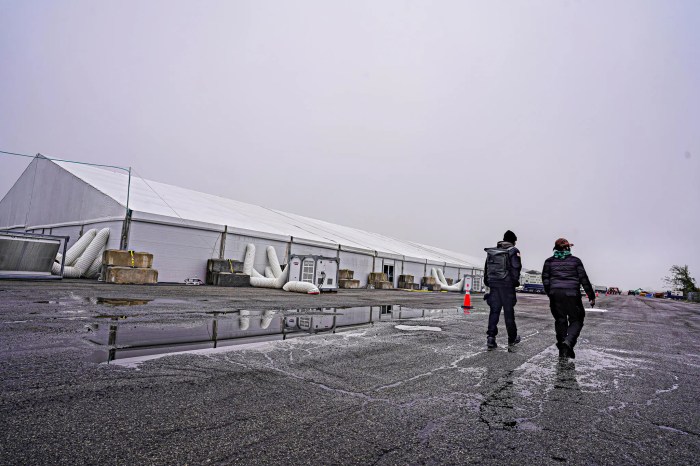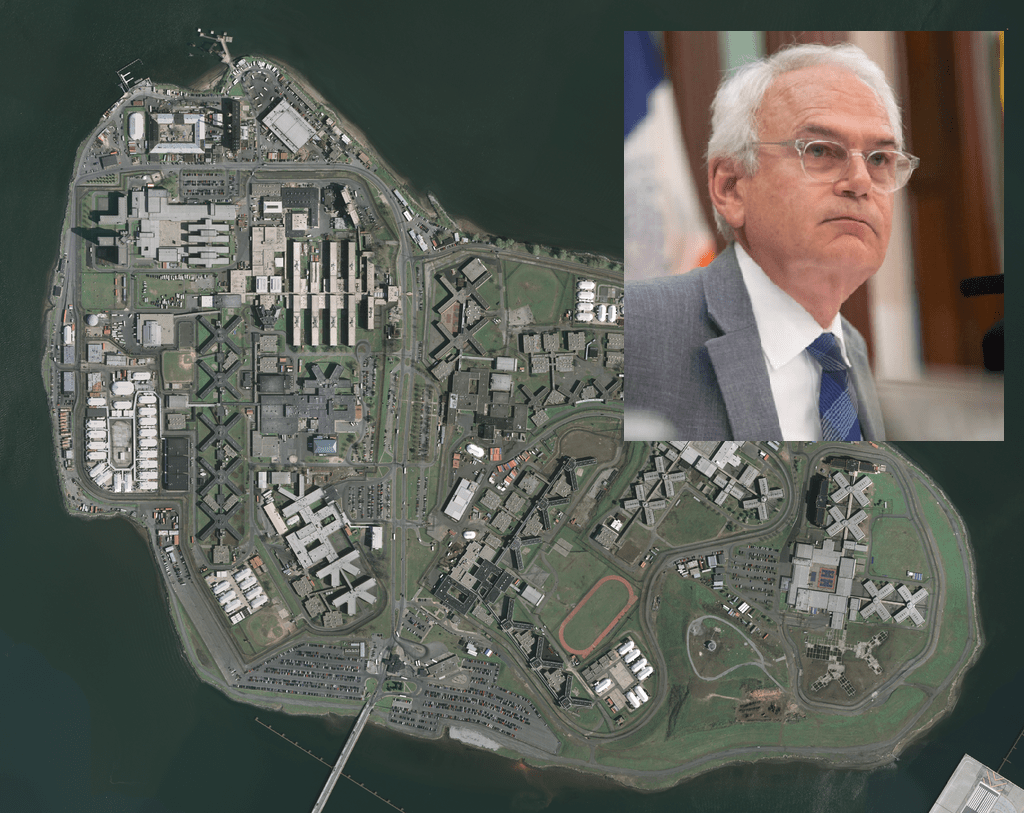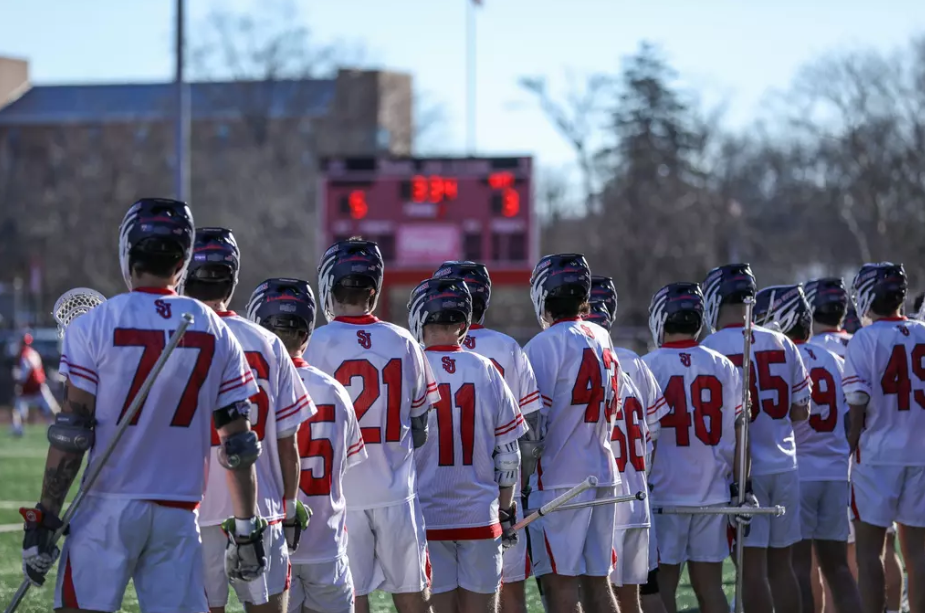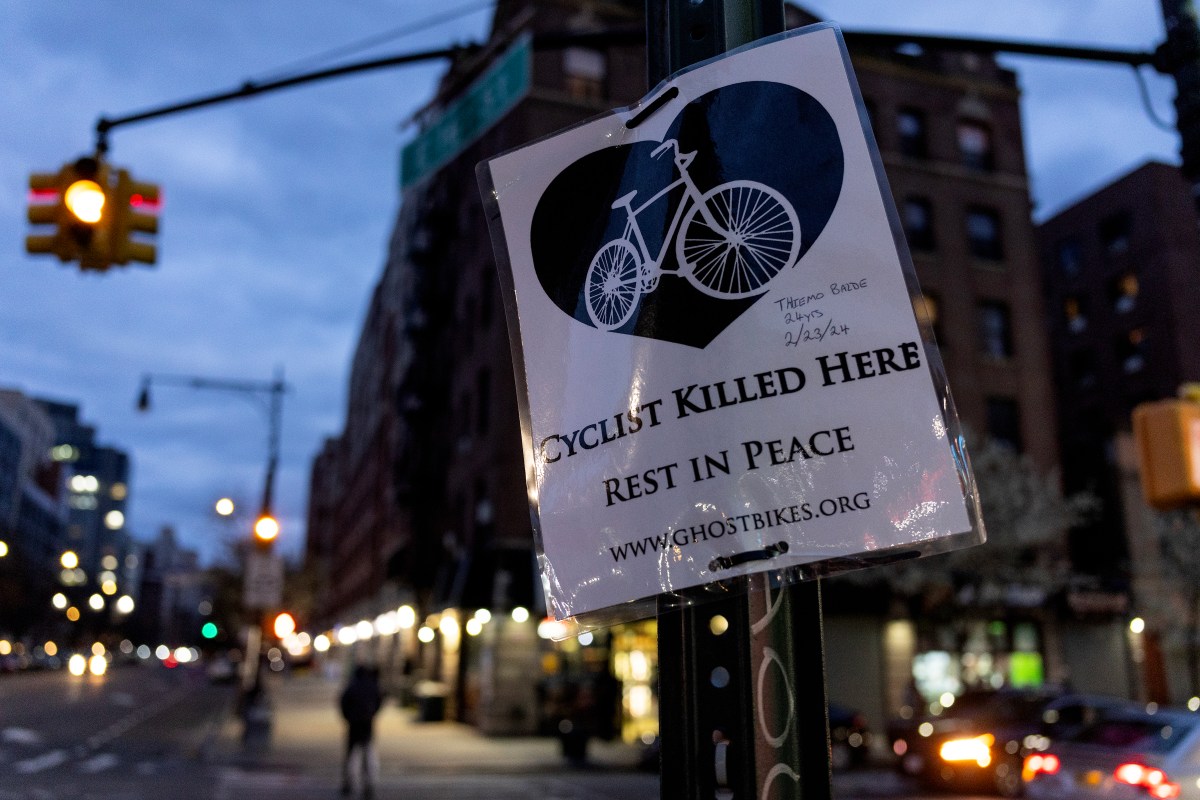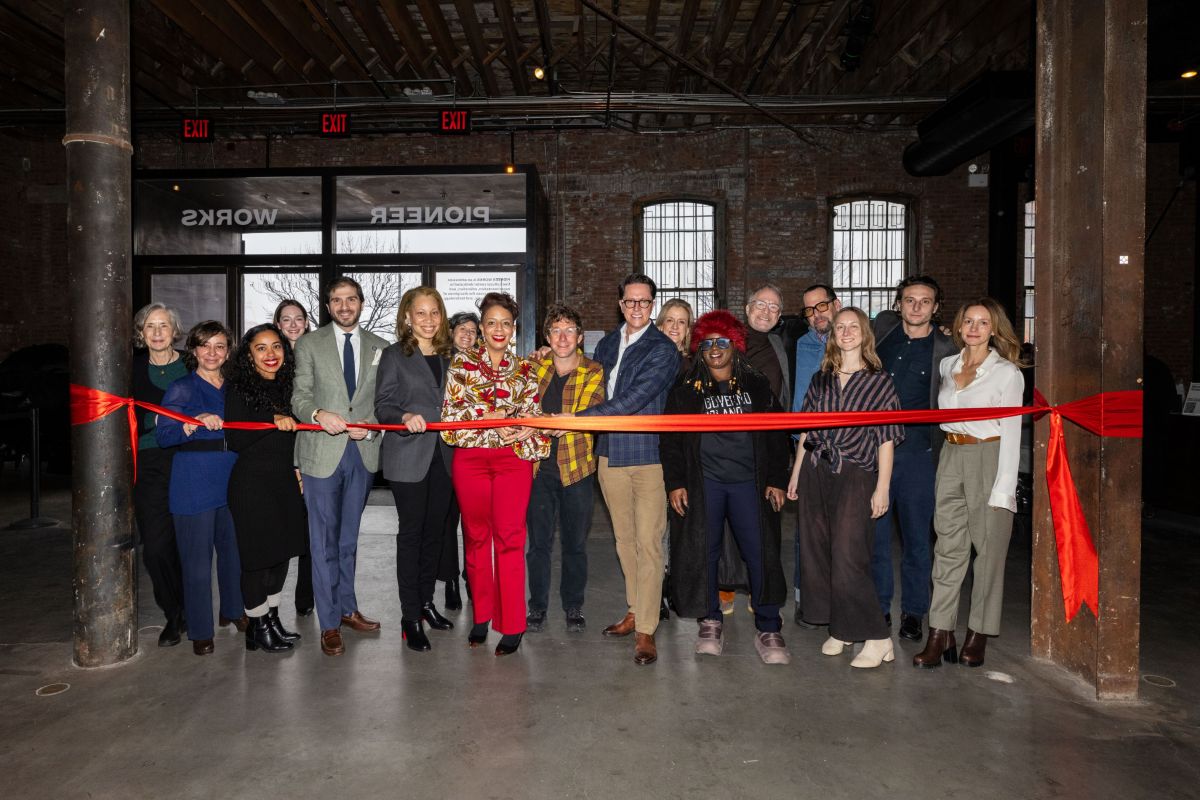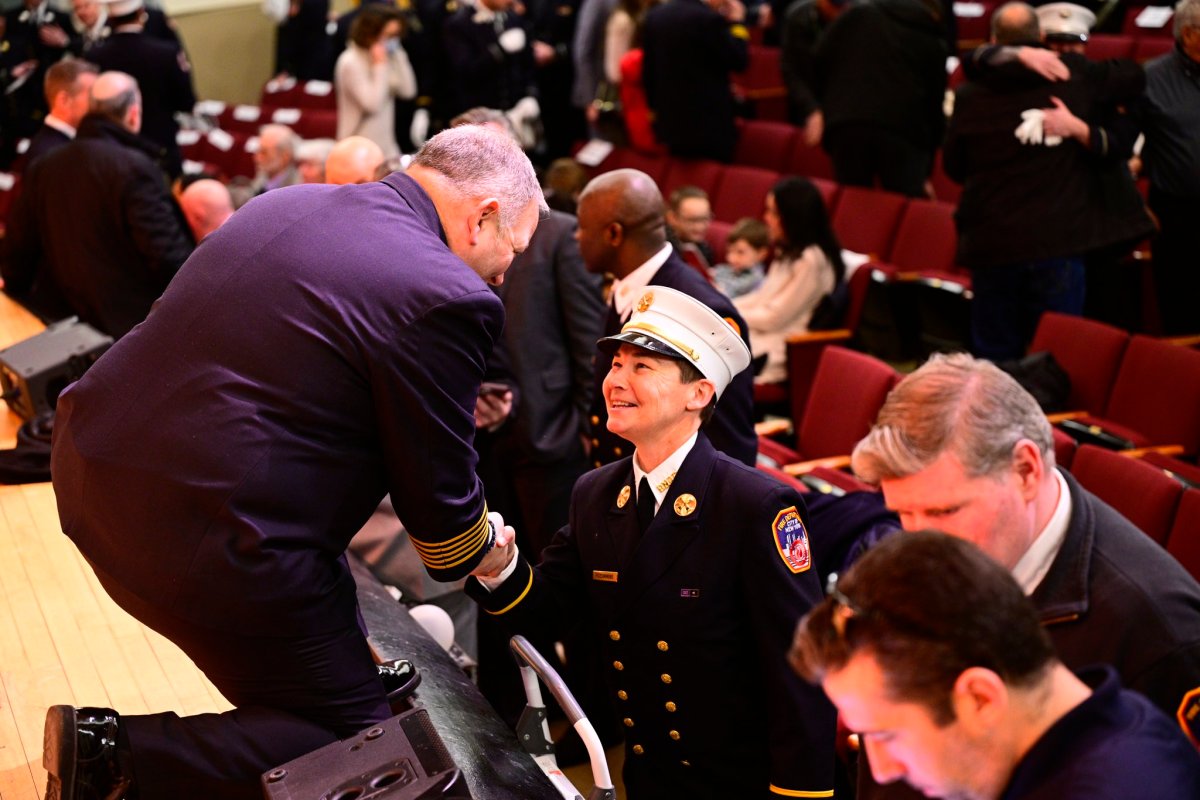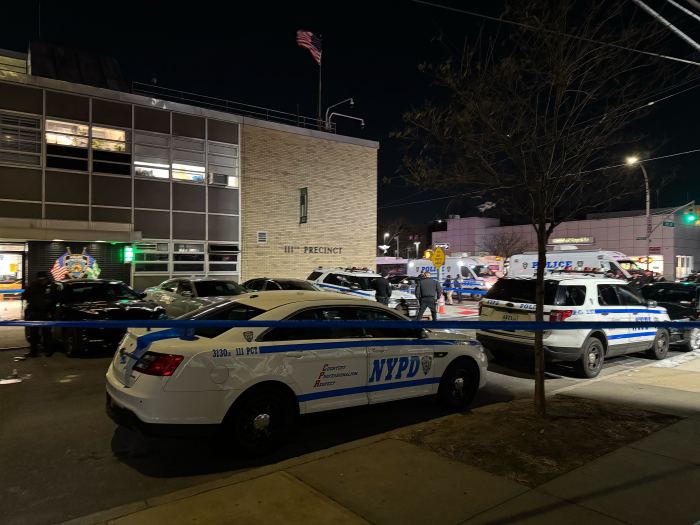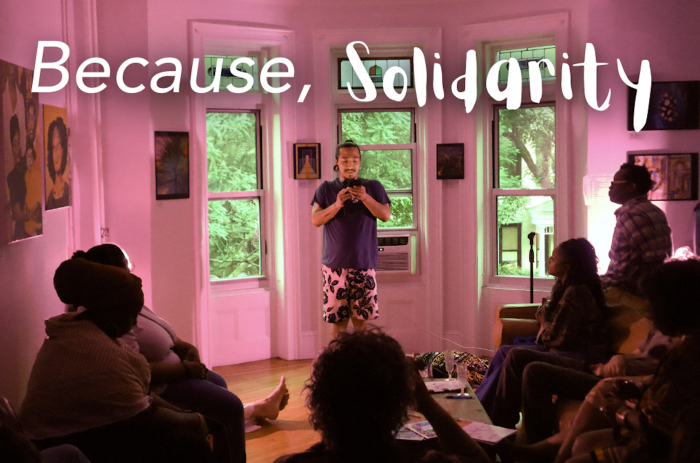Long critical of Mayor Eric Adams’ handling of the migrant influx over the past two years, the City Council on Tuesday announced the composition and shape of a new “strategy team” designed to advance solutions to the ongoing deluge of newcomers.
Dubbed the “New Arrivals Strategy Team,” the group will work to come up with both immediate plans and longer-term solutions for improving services for the tens of thousands of migrants who have come to the Big Apple and better integrating them into the city, according to the council. The team is comprised of city government veterans, nonprofit leaders, immigrants with lived experience and service providers.
Council Speaker Adrienne Adams, who first announced the strategy team in her State of the City address last month, said the city has faced “challenges” in its response to the crisis thus far that have exposed “longstanding deficiencies” in its social safety net programs. The goal of the team is to better foster communication between all of the parties involved in providing services to migrants, which she said has been lacking until now.
“Immigrants and their contributions have always been a central part to what makes New York City special, and it’s critical we get this right for people seeking asylum in our city and all New Yorkers,” the speaker said. “I look forward to their work crafting a roadmap that can move our city in the right direction and help our partners in government and the non-profit sector better serve newcomers and longtime residents alike.”
Nearly 190,000 migrants, mostly from Latin America and West Africa, have arrived in the five boroughs since April 2022. Roughly 64,000 of those newcomers are still living in the city’s homeless and emergency shelter systems.
Over the past two years, there have been numerous instances where the council has been sharply critical of the administration’s response to the crisis. Those include City Hall’s decision to house some migrants in tent-like shelters, imposing 30 and 60 day time limits on shelter stays and the large sums the city has spent on contracts with for-profit shelter providers.
The strategy team is organized into three divisions: a seven-member advisory board, “cohorts” organized into nine issue areas representing upwards of 75 organizations and council staff.
Sitting on the advisory board will be Plachikkat V. (PV) Anatharam, a 30-year city government veteran; Larian Angelo, another long-time public servant; Lilliam Barrios Paoli, a former deputy mayor; Ester Fuchs, a professor of urban and social policy at Columbia University; David Jones, president of the Community Service Society for nearly four decades; Ruth Messenger, the former Manhattan borough president; and Lisette Nieves, president of the Fund for the City of New York.
“We must acknowledge that this wave of new arrivals is not a new phenomenon but a longstanding tradition that defines our city’s essence,” Anatharam said in a statement. “By proactively putting systems in place to provide newcomers with the tools and opportunities to build new lives, we not only honor this legacy but also strengthen the city’s economic foundation.”
The cohorts — made up of members of various nonprofits, labor unions and legal defense organizations — are separated by issue areas including youth, hunger, language access, shelter and legal services.
The issue-area groups will meet over the coming months to draft short and long term policy ideas to address the migrant crisis, according to the council. The advisory board will then offer input on how to implement the proposals put forward by the cohorts. And council staff will handle research and issue several reports on how to put the solutions into action.
While the council’s announcement appears to be in response to its displeasure with the city’s handling of the migrant crisis, Mayor Adams said “we welcome their input” during his weekly news conference.
Ingrid Lewis-Martin, the mayor’s chief adviser, chimed in to say that several months ago, “we asked for exactly what the council is doing.”
“We asked for legislators, we asked for members of City Council, we asked you, we asked anybody who felt they can put together a team and come up with creative ways to address the problem to do it,” Lewis-Martin said. “So, our hats go off to [the] City Council, we thank you for hearing our call and we look forward to working with them.”
Read more: NYC Plans 1,500 Affordable Homes to Address Housing Crisis



